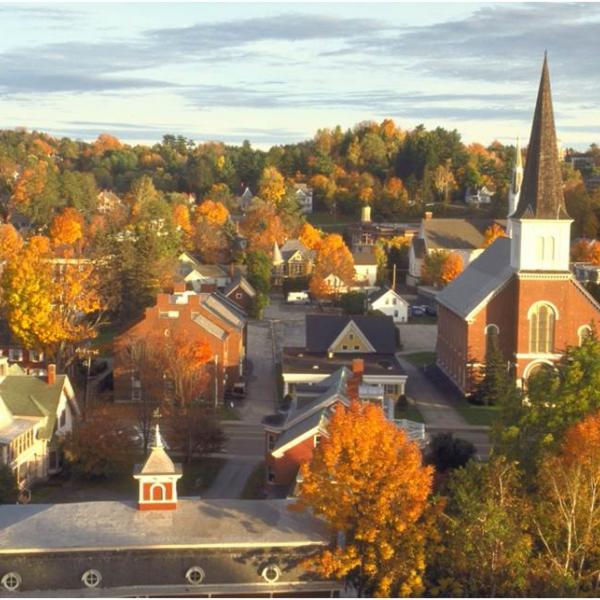
News Source
The invasive emerald ash borer has been found in Montpelier. City officials are taking steps to protect some trees along city streets, but ultimately they say most of Montpelier’s ash trees will die.
John Snell is the chair of Montpelier’s tree board and he said people have known for years that the insect was coming, since the tree-eating beetle has been found in many surrounding states and in Canada.
He said the city was prepared with a response plan that is now in effect. Still, when an infected tree was discovered recently near the National Life complex, Snell said he felt both shock and grief.
“It’s horrible. I’m walking around saying goodbye to some of my favorite trees,” he said.
Montpelier has many large ash trees along its streets. Snell said the tree board will ask the city council next month to pay to treat some of those with an insecticide.
“The 15 or so biggest, nicest trees downtown are green ash and they are very, very vulnerable,” he said.
The number one way to stop the spread of the insect is to not move firewood. That’s because the borer only spreads a mile or so a year on its own, but can travel hundreds of miles if driven in a batch of firewood.
“This is not an insect infestation problem, it’s actually a human problem,” Snell said. “Because the thing showed up first in the Detroit area in 2002, and here we are 16 years later with it in 34 states and provinces; and most of that spread has occurred because people transported wood that had the larvae in them, for firewood.”
Volunteers and the city’s park department have been working to inventory ash throughout the city, including in Hubbard Park, a large wooded area uphill from the Statehouse.
They’ve found about 600 trees near rights of way, and estimate there are 3,000 on private property, said Geoff Beyer, the city’s tree warden and parks director.
The city will also use a bucket truck to survey trees since it’s easier to spot the infestation by looking high in the branches.
“By the time you notice ash borer holes low down on a tree, it’s too late, it’s too far gone," Beyer said. "Trees get much more expensive to remove when they’ve had the ash borer infestation for more than a year. They get brittle and much more dangerous to handle."
The invasive insect was discovered in Vermont in the town of Orange, last winter.
Ash accounts for 5 percent of Vermont’s forests and, in addition to its commercial value, it’s an important tree in urban areas, such as Montpelier.
The Department of Forests, Parks and Recreation says a widespread infestation of the emerald ash borer, “could have significant ecological and economic impacts” in Vermont.
Eventually, most of Montpelier’s ash trees will die. Snell said he’d like to see two trees planted for every ash that is lost along the city’s streets.